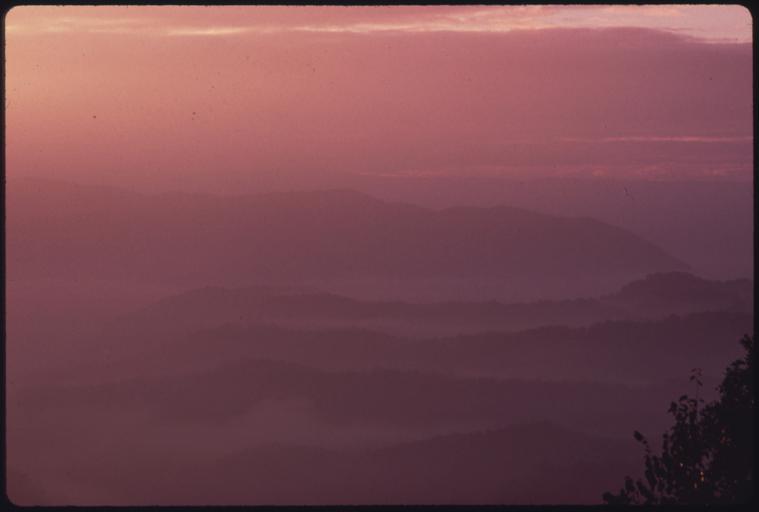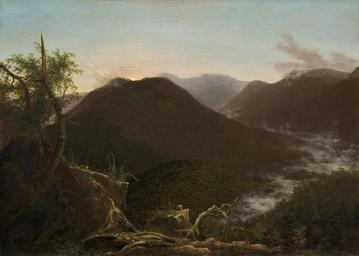Introduction: The Dance of Self-Discovery Through Art
In an era where self-expression reigns supreme, the art of photography stands as a powerful medium for individuals to explore their identities. "Finding Your Muse within Yourself through Elegant Abstract Imagery" delves deep into the emotive world of abstract self-portraiture, inviting artists and enthusiasts alike to discover their inner muse. Whether you are a seasoned photographer or just dipping your toes into self-portrait photography, this extensive guide will illuminate the rich landscape of creative self-expression.
Photography has evolved significantly over the years, allowing for greater experimentation and personalization. Self-portrait photography serves as a mirror reflecting not only the physical form but also the inner thoughts and feelings of the artist. Through elegant abstract imagery, we can capture emotion, thought, and experience in ways that resonate deeply with viewers.
As we journey through this article, we'll explore various aspects of self-portrait photography, including its definition, techniques for capturing contemplative images, and innovative ideas for creating faceless self-portraits. Get ready to unlock your creativity!
Understanding Self-Portrait Photography
What is a Self Portrait?
A self-portrait is more than just a photograph; it's an intimate exploration of one's identity. In essence, it serves as a visual autobiography—a way to convey emotions, thoughts, and experiences through captured moments.
Self Portrait Photography Definition
The definition of self-portrait photography is straightforward: it involves taking photographs of oneself. However, its significance extends beyond mere documentation. It challenges artists to engage with their subjectivity and communicate their unique narratives visually.
Different Types of Self Portraits
Self-portraits come in myriad forms and styles. Here are some popular types:
Traditional Self-Portraits: These often feature the artist clearly visible in the frame. Faceless Self-Portraits: Focusing on body language or objects that represent the individual without showing their face. Abstract Self-Portraits: Utilizing creative techniques to express emotions rather than reality. Conceptual Self-Portraits: Incorporating elements that symbolize personal themes or ideas. Environmental Self-Portraits: Capturing oneself within specific settings that reflect personality or lifestyle.Each type offers unique opportunities for artistic expression and exploration.
The Essence of Contemplative Photography
What is Contemplative Photography?
Contemplative photography encourages photographers to observe and reflect on their surroundings rather than merely capturing images superficially. It emphasizes awareness and mindfulness in the photographic process.
Benefits of Contemplative Photos
Engaging in contemplative photography can bring numerous benefits:
- Heightened Awareness: Encourages one to slow down and appreciate each moment. Deeper Connection with Art: Promotes introspection leading to more meaningful creations. Emotional Healing: Provides an outlet for expressing complex feelings.
By practicing contemplative photography, one can find clarity amidst chaos—helpful when exploring personal narratives through abstract self-portraits.
Creative Techniques for Contemplative Images
To create more reflective photographs:
Mindful Observation: Take time before shooting to observe your surroundings closely. Experimentation with Angles: Experiment with different angles or perspectives during shoots. Journaling Ideas: Keep a journal about feelings or thoughts you want to express through your art. Use Natural Light: Utilize natural lighting conditions that evoke certain moods or emotions.These approaches will help facilitate deeper engagement with your subject matter—an essential aspect when creating elegant abstract imagery.
Elegant Abstract Imagery in Self-Portraiture
Exploring Abstract Self Portrait Photography
Abstract self-portrait photography takes traditional concepts further by embracing ambiguity and creativity over realism. Here are some key characteristics:
Distortion: Using blurred effects or unconventional angles creates intrigue. Color Play: Bold colors can evoke emotional responses while conveying personal narratives. Symbolism: Including objects that hold meaning can deepen viewer interpretation.Faceless Self Portrait Ideas
Not all self-portraits need to show your face! Faceless portraits allow you to express yourself without being overtly literal:
Hands Holding Objects Silhouettes Against Backgrounds Reflections in Mirrors Shadows Cast on WallsThese ideas prompt viewers to engage imaginatively with your work while maintaining an air of mystery.
Practical Tips for Capturing Aesthetic Images
Backgrounds for Self Portraits
Choosing the right background is essential in creating aesthetic photos that pop! Consider these options:
Textured Walls Natural Landscapes Minimalist Interiors Urban Settings with GraffitiEach backdrop brings its unique flavor—allowing you to craft stories that resonate with viewers emotionally.
Lighting Techniques for Stunning Shots
Light plays a crucial role in defining mood within photographs:
Golden Hour Lighting—Soft light enhances features beautifully. Backlighting—Creates silhouettes that emphasize shapes and outlines. High Contrast Lighting—Dramatic shadows add depth.Experimenting with various lighting conditions allows you greater control over how your artwork communicates emotion.
Custom Photo Sizes & Printing Options
Custom Photo Print Size Choices
When it comes to printing your stunning abstractions, customizing print sizes ensures they fit perfectly into any space:
| Custom Print Size | Use Case | |-------------------|----------| | 5x7 | Great for small frames | | 8x10 | Common choice for wall art | | 16x20 | Ideal as statement pieces | | Square Formats | Versatile options for Instagram |
Selecting appropriate dimensions helps elevate your artwork's presence while enhancing overall aesthetics!
Aesthetic Photos Wall Creation Tips
Transforming walls into galleries requires careful curation! Here’s how:
Choose a Theme (Color Palette / Subject Matter) Arrange Pieces Strategically (Symmetry vs Asymmetry) Mix Sizes & Frames (Create Visual Interest)An aesthetically pleasing photo wall showcases not just individual pieces but creates cohesive storytelling across multiple works!
The Role of Colors in Creating Aesthetic Images
Aesthetic Colorful Pictures & Their Impact on Mood
Colors carry emotional weight! Using them deliberately influences how an image resonates with viewers:
Warm Colors (Reds/Oranges) evoke energy & passion Cool Colors (Blues/Greens) convey calmness & tranquility Monochromatic Schemes create harmony though variationsUnderstanding color theory allows artists greater freedom when constructing meaningful narratives through abstract imagery!

Conclusion
"Finding Your Muse within Yourself through Elegant Abstract Imagery" is not merely about creating beautiful images; it’s about unearthing layers of emotion and identity hidden beneath the surface—a powerful journey toward understanding oneself better! As we explored various aspects—from definitions and creative techniques to aesthetic considerations—you https://echoedthoughts738.huicopper.com/building-a-gallery-wall-that-tells-your-visual-story now possess tools vital for producing compelling art while reflecting upon who you are as both artist and subject matter!
Embarking on this creative path will undoubtedly lead you closer toward discovering personal truths while inspiring others along their journeys too!
Frequently Asked Questions (FAQs)
1️⃣ What makes a good self portrait?
A good self portrait captures authenticity alongside technical execution; it should convey emotion while engaging viewers effectively.
2️⃣ How do I start taking aesthetic photos?
Begin by exploring different styles; experiment with lighting conditions & backgrounds until you develop distinctive aesthetics unique unto yourself!

3️⃣ What equipment do I need for creative self portrait photography?
While professional gear offers advantages, smartphones equipped with decent cameras suffice initially—focus instead on composition & concepts first!
4️⃣ Can I use props in my abstract portraits?
Absolutely! Props enhance storytelling possibilities dramatically; choose items symbolic of experiences/feelings relevant personally!
5️⃣ How do I find my photographic style?

Explore diverse genres openly without fear—the more you try various techniques/styles/artists' influences present around you—the clearer your own voice becomes over time!
6️⃣ Is there any specific software recommended for editing photos?
Adobe Lightroom remains popular due its versatility; however free alternatives like GIMP also offer robust editing capabilities accessible even beginners seeking polish!
In conclusion, let this be an invitation—to dive deeply into exploration while finding inspiration from within!